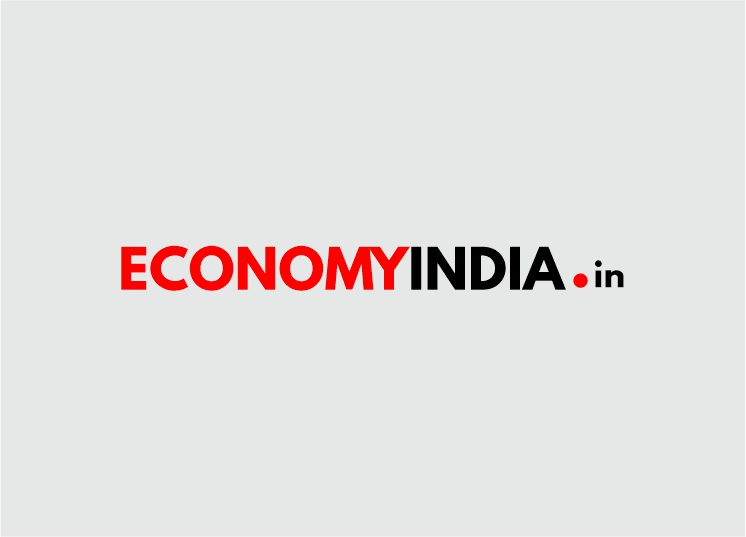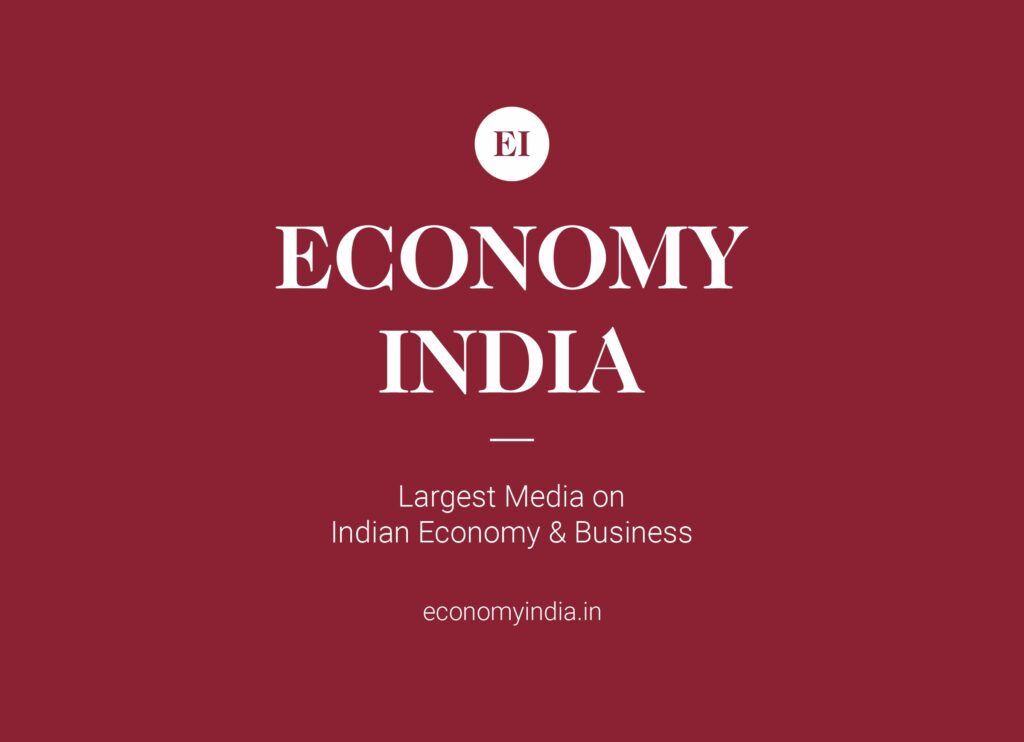Manufacturing Industry:
In the upcoming Union Budget 2022, expectations for the manufacturing sector are multi-layered, such as:
- Rationalization and simplification of taxation: The reduction of GST in certain sectors and reducing the number of slabs in GST would not only increase the tax compliance, but also provide the necessary relief that would boost consumer sentiments and keep the demand higher.
- Low-cost, long-term loan to reduce debt burden: In MSME sector (which employs 40% of country’s workforce and contributes to 30% GDP), the government should provide low-cost, long-term loans to infuse working capital and ease out the effects of pandemic.
- Higher investment in skilling workforce: There needs to be higher investment in skilling workforce, as automation is replacing old jobs and creating new ones. Workforce should be upskilled for the next phase of industrialization i.e. Industry 4.0.
- Make factories energy efficient: The manufacturing sector is considered one of the significant contributor to environmental pollution; the government should take a two pronged approach to reduce carbon footprints of factories, one by incentivizing use of renewable energy like solar, and second by setting stricter norms of energy efficiency for factories.
Within manufacturing we believe that certain key sectors like Automotive, Electronics, Chemicals and Textile & Apparel are going to thrust India’s manufacturing GDP in coming years.
- Automotive
- Long term vision of EV
EV is the next big thing in the automotive sector, which is going to be critical for meeting sustainability goals. The adoption of EV depends on two critical factors; affordability and infrastructure. Therefore government should apply a flat GST rate of 5% for all EV components, rolling out more incentives and polices to reduce manufacturing costs ultimately leading to reduction of overall price of vehicles.
- Upward revision of Remission of Duties and Taxes on Export Products (RoDTEP) rates:
The government should consider raising the RoDTEP rates that were implemented in January 2021 as a successor to the Merchandise Exports from India Scheme (MEIS). The rates notified at 1% or lower, are inadequate to cover the incidence of unrefunded taxes and duties borne on export products. This is deterring the competitiveness of the Indian auto component industry.
- Electronics (Mobile and semiconductor manufacturing):
Rolling back import duties to 12% from 18% on import of parts used for making mobile phones and provide interest subvention to domestic part-makers:
To make Indian manufactured phones competitive in the global market, the import duties on sub-parts should be reduced and provide interest subvention to domestic suppliers eventually to develop indigenous manufacturing
- Chemicals
Incentivize to enhance production for intermediates and active ingredients:
The government should incentivize domestic capacity addition for intermediates and active ingredients, in order to reduce import dependency and to support exports of the same.
Also, the tariff structure should be strategically designed to increase domestic value addition. For instance, keeping the tariffs lowest for feedstock like natural gas & naphtha, and increase the tariffs for downstream chemicals/finished goods
- Textile and Apparel sector:
Incentivizing MMF and Technical textile fiber:
In the textile sector, greater emphasis should be given to the man-made fiber (MMF) value chain, apparel and technical textile segments, which offer immense growth opportunities in global trade, and where India has been lagging so far.
Deepak Jain, Partner, Bain & Company and Sushil Pasricha, Partner, Bain & Company
(Economy India)




